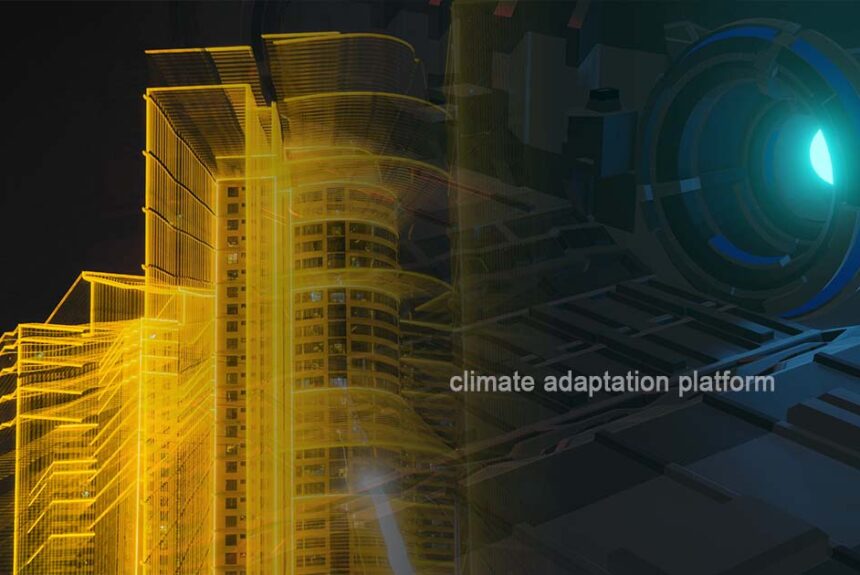Concerns about climate change, rising electricity demand, unstable fuel supplies due to geopolitical tensions, and the increasing energy consumption of data centres needed to support artificial intelligence (AI) are all fueling a renewed interest in nuclear energy.
Nuclear power is making a strong comeback. This time, it’s here to stay. Nuclear power is becoming more appealing as a reliable, continuous, and carbon-free energy source.
Thanks to technological advancements and innovations, nuclear power generation has become safer. Unlike intermittent renewable sources like solar and wind, nuclear energy provides a steady, 24/7 power supply, further boosting its appeal in today’s rapidly evolving energy landscape.
The Information Technology and Innovation Foundation (ITIF), one of the world’s leading science and technology policy think tanks, sees small modular reactors (SMRs) as the future of nuclear power. Unlike traditional large-scale reactors, which struggle to scale or compete on cost with other energy sources, SMRs offer a flexible, scalable, and potentially cost-effective way to generate clean, reliable power.
While the United States currently leads in SMR research and deployment, global competition is heating up, with China, Russia, South Korea, and several European companies rapidly advancing their own technologies.
Small modular reactors
As the name suggests, small modular reactors (SMRs) are significantly smaller than traditional nuclear power plants. They are designed to produce electricity on a smaller scale, typically between 1 and 300 megawatt-electric (MWe), compared to conventional large-scale reactors, which usually exceed 700 MWe.
Unlike traditional plants that require extensive on-site construction, SMRs are built in factories and then transported to their installation sites, making them more flexible and cost-efficient.
SMRs have a wide range of potential applications, including supplying electricity for residential and industrial use, powering remote communities or areas with limited grid access, supporting industrial processes like desalination and hydrogen production, providing district heating, and meeting the massive energy demands of AI data centres.
The United States currently operates the world’s largest fleet of nuclear reactors, but many of them are aging and nearing the end of their lifespans. The average age of U.S. reactors is 42 years, and 22 commercial reactors are already in various stages of decommissioning.
According to the Nuclear Energy Institute (NEI), the country has 94 reactors supplying power to tens of millions of homes and communities. Nuclear energy accounts for 18.2% of total U.S. electricity generation, outpacing renewables like wind (10%), solar (5.6%), and hydro (5.5%).
Although the U.S. leads in operational nuclear capacity, other countries are quickly gaining ground. China, for example, operates 56 reactors and has 25 new small modular reactors (SMRs) under construction. France also has 56 operational reactors, with one more being built.
Russia operates 36 reactors and is constructing four additional ones. South Korea has 26 in operation and two under construction, while India operates 20 reactors with seven more on the way (Hunt, 2024).
In May 2025, President Donald Trump signed several executive orders to reassert U.S. leadership in nuclear energy. These orders—Reinvigorating the Nuclear Industrial Base, Reforming Nuclear Reactor Testing at the Department of Energy, and Ordering the Reform of the Nuclear Regulatory Commission—set ambitious goals to boost U.S. nuclear capacity from 100 gigawatts (GW) to 400 GW by 2050.
The Department of Energy (DOE) has been directed to work with the industry to achieve 5 GW in power uprates for existing reactors and to ensure that 10 new large reactors with finalised designs are under construction by 2030. The orders also include reforms to streamline licensing and construction processes, intending to complete them within 18 months (Trump sets, 2025).
The executive order, Reinvigorating the Nuclear Industrial Base, specifies that the purpose is to restore the US as the pioneer and leader in nuclear energy technology, including the global race to dominate artificial intelligence and achieve energy independence.
It also seeks to revive the country’s leadership in deploying nuclear reactors and strengthen its domestic uranium supplies and enrichment so it will not depend on foreign sources.
A widespread deployment of SMRs could substantially reduce carbon emissions from the electricity sector, paving the way for a cleaner and more sustainable energy future.
The 2022 study, “Small modular reactors enable the transition to a low-carbon power system across Canada,” examined how SMRs can be effectively used, using Canada as a case study. Findings show that SMRs could reduce greenhouse gas emissions by up to 71% compared to 2005 levels or 48% compared to 2018 levels by 2045. The analysis highlights the potential of SMRs in helping countries worldwide move toward cleaner energy.
Small modular reactors (SMRs) offer a promising solution to climate change and sustainable energy challenges. With continued research and development supported by governments, universities, and industry, we may be entering the beginning of the SMR era.
Sources:
Gaster, R. (2025, April 14). Small Modular Reactors: A Realist Approach to the Future of Nuclear Power. ITIF. Retrieved from https://itif.org/publications/2025/04/14/small-modular-reactors-a-realist-approach-to-the-future-of-nuclear-power/
Hunt, A. (2024, June 20). US playing catch-up with China over new-gen nuclear power. FDIIntelligence. Retrieved from https://www.fdiintelligence.com/content/3d1835c6-861d-5fb3-83ef-cbedfaaf56b8#
U.S. Nuclear Plants. (2025). NEI. Retrieved from https://www.nei.org/resources/fact-sheets/u-s-nuclear-plants
Beresnyak, T. & Conklin, J. (2024, July 8). Exploring Small Modular Reactors: The Future of Clean Energy? PennState Extension. Retrieved from https://extension.psu.edu/exploring-small-modular-reactors-the-future-of-clean-energy#
Trump sets out aim to quadruple US nuclear capacity. (2025, May 24). World Nuclear News. Retrieved from https://world-nuclear-news.org/articles/trump-sets-out-aim-to-quadruple-us-nuclear-capacity
Gao, S., Huang, G., Zhang, X., & Han, D. (2022). Small modular reactors enable the transition to a low-carbon power system across Canada. Renewable and Sustainable Energy Reviews, 169, 112905. https://doi.org/10.1016/j.rser.2022.112905



Leave a Reply